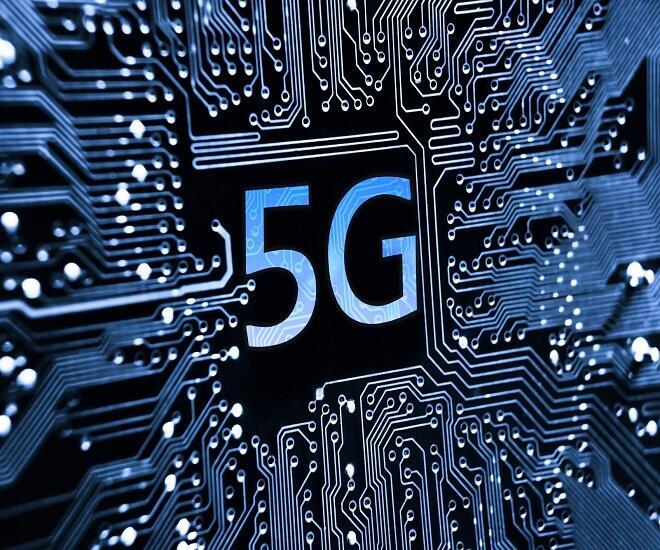U.S. takes the lead in 5G after FCC nod
Article By : Dylan McGrath

The FCC’s vote makes the U.S. the first country in the world to approve rules for communications operating at frequencies above 24 GHz.
A set of rules for wireless broadband communications operating above 24 GHz was approved unanimously by the U.S Federal Communications Commission.
“What’s significant about this is that it really shows that the U.S. is in the forefront of 5G,” said Wayne Lam, principal analyst for telecom electronics at market research firm IHS Inc., in an interview with EE Times.
The CTIA, a trade group representing the U.S. wireless communications industry that had pushed hard for the FCC to set rules for 5G, welcomed the FCC’s order. "Today's vote by the FCC to make high band spectrum available for 5G was a clear victory for Americans' mobile-first lives,” said CTIA President and CEO Meredith Attwell Baker, in a statement.
![[tom wheeler 250]](/wp-content/uploads/sites/2/2020/04/tom_wheeler_250.jpg)
__Figure 1:__ *U.S Federal Communications Commission (FCC) Chairman Tom Wheeler*
The FCC’s new rules open up nearly 11 GHz of high-frequency spectrum for mobile and fixed-line wireless broadband in the so-called millimeter wave band. The rules create space for service in the 28 GHz, 37 GHz, and 39 GHz bands, and a new unlicensed band between 64 and 71 GHz.
“With today’s order, we are repeating the proven formula that made the United States the world leader in 4G: one, make spectrum available quickly and in sufficient amounts; two, encourage and protect innovation-driving competition; and three, stay out of the way of market-driven, private sector technological development,” said FCC Chairman Tom Wheeler, in a statement.
The FCC also adopted a proposal to seek comment on applying the rules to another 18 GHz of spectrum encompassing eight additional high-frequency bands.
Millimetre wave signals do not travel as far as signals in other frequency bands and do not penetrate dense objects. Because of this, 5G coverage is expected to be enabled by small cells rather than large towers.
![[Jessica Rosenworcel 250]](/wp-content/uploads/sites/2/2020/04/Jessica_Rosenworcel__250.jpg)
__Figure 2:__ *FCC Commissioner Jessica Rosenworcel*
Jessica Rosenworcel, an FCC commissioner, said through a statement that while allocation of spectrum for 5G communications is an important step, but that U.S. policy toward 5G must also focus on thinking “beyond traditional tower siting” and focus on the deployment of small cells. “With 5G networks, small cells are a big thing,” she said.
While the bulk of 4G wireless networks are built on frequencies from 600 MHz to 3 GHz, 5G will be built on much stratospheric bandwidth frequencies, introducing propagation challenges, Rosenworcel said.
“While these super-high signals carry a significant amount of data, they do not go far,” Rosenworcel said. “But we can turn this limitation into a strength by combining these frequencies with small cells packed close together, densifying networks at lower cost.”
The limited propagation of millimetre wave frequencies means that the spectrum allotted by the FCC makes 5G a technology that will do more to enable the Internet of Things than cellular voice calls, according to Lam. In densely populated areas, a proliferation of small cells is likely to offer more robust 5G coverage, but the technology is not likely to be widely available in rural areas, he added. In those areas, smartphones are likely to continue to rely on 4G LTE for data and communications even after the deployment of 5G, which is not expected until about the 2020 timeframe, Lam added.
Paraphrasing recent remarks from colleague Stéphane Téral. research director for mobile infrastructure and carrier economics at IHS, Lam said, “5G is really for the robots.”
Subscribe to Newsletter
Test Qr code text s ss


